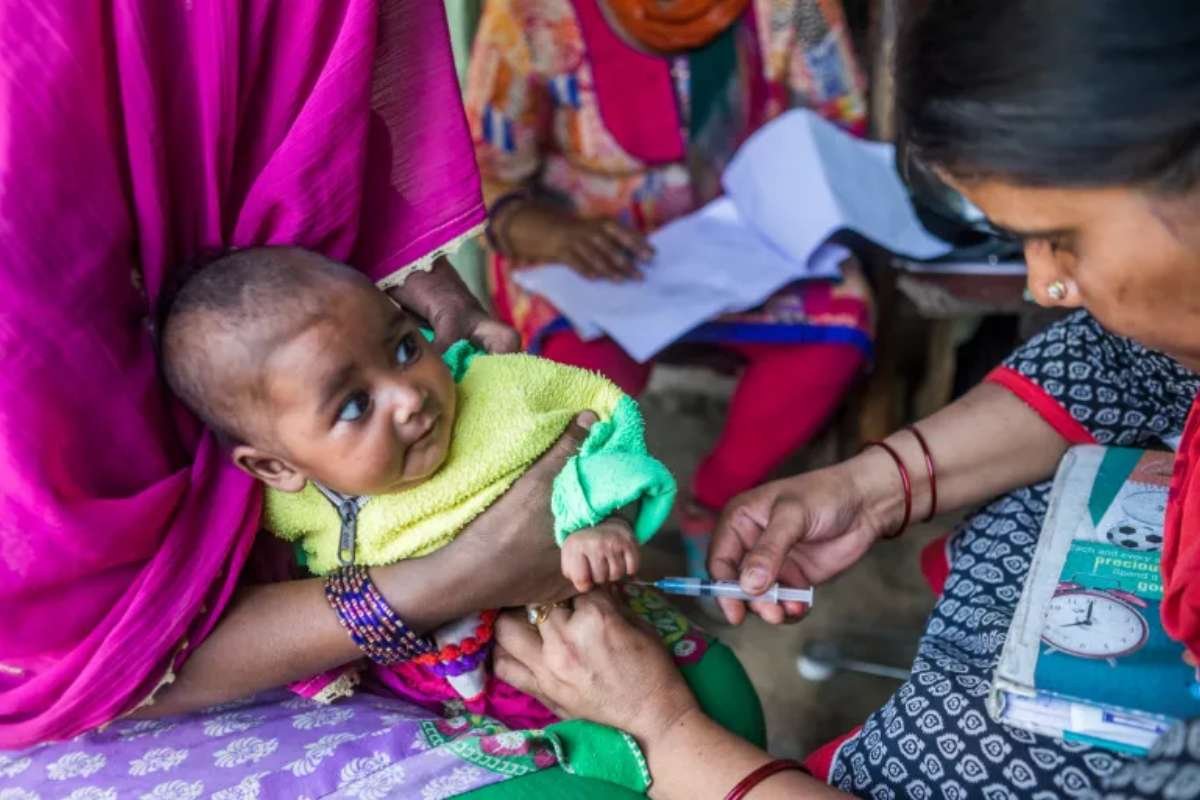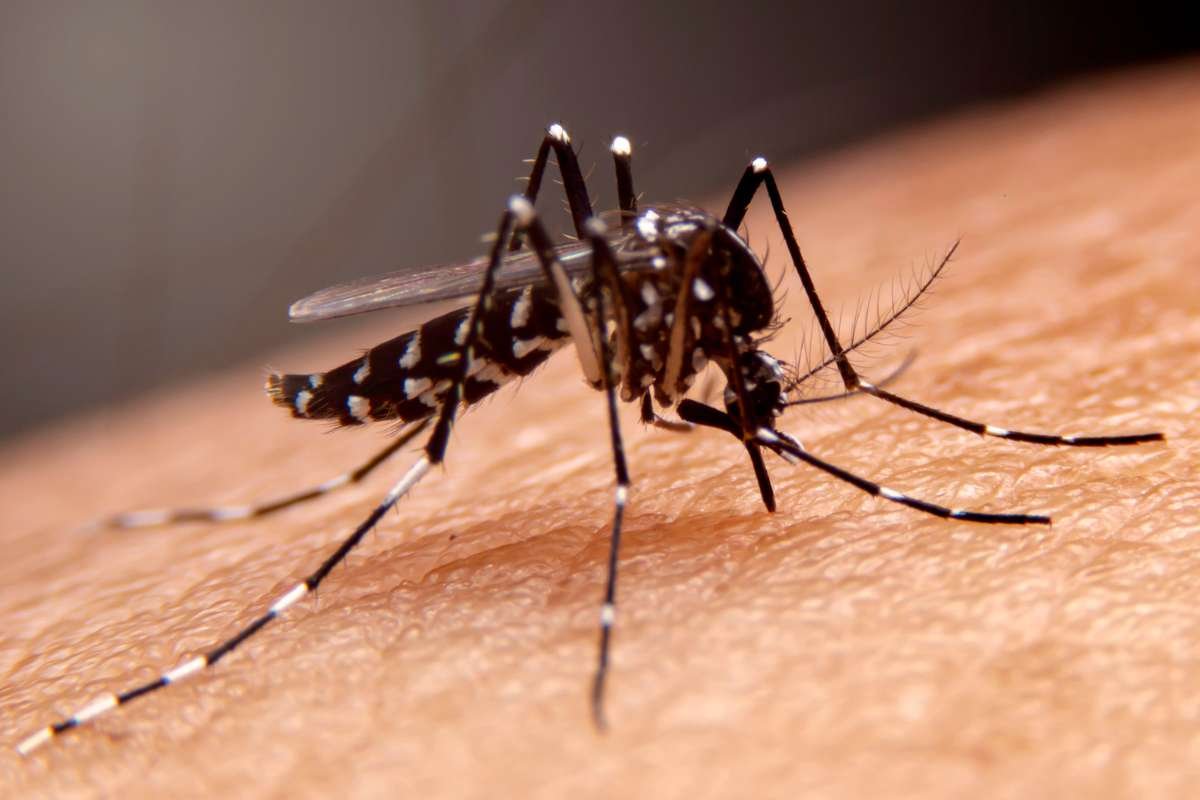Global childhood vaccination coverage showed a slight improvement in 2024, but health authorities remain concerned as over 14 million children continue to miss out on life-saving vaccines. According to a new joint report by the World Health Organization (WHO) and UNICEF, the overall rate of routine immunization has plateaued after recovering from a sharp drop during the COVID-19 pandemic. The data, released on July 15, 2025, indicates that while progress has been made in low-income countries, middle-income nations—particularly India and Indonesia—are seeing stagnation or even decline in coverage.
The global coverage for the diphtheria, tetanus, and pertussis (DTP) vaccine in children under one year old rose to 84% in 2024, a marginal improvement from 2023 but still down from 86% in 2019. UNICEF Executive Director Catherine Russell emphasized that this recovery is fragile and uneven, noting that millions of children remain unprotected from preventable diseases like measles, polio, and pneumonia. “We cannot afford to allow children’s access to routine immunizations to become a casualty of global neglect,” she stated.
14.5 Million ‘Zero-Dose’ Children Remain Unvaccinated
The report reveals that approximately 14.5 million infants worldwide did not receive a single dose of routine vaccines in 2024, a group referred to as “zero-dose” children. These children are primarily located in lower-income countries and marginalized communities where healthcare access remains limited. While this is an improvement from the peak pandemic period in 2021, when over 18 million children were zero-dose, the number is still troublingly high.
Sub-Saharan Africa continues to bear the heaviest burden, with over 50% of zero-dose children residing in the region. Countries like Nigeria, Ethiopia, and the Democratic Republic of Congo are among the worst affected. However, some nations, including Kenya and Zambia, have made notable progress in reaching previously unreached children, thanks to targeted campaigns and community engagement programs.
The UN agencies stressed that reaching these children is not only a humanitarian imperative but also essential for achieving global health goals. WHO Director-General Dr. Tedros Adhanom Ghebreyesus warned that without decisive action, outbreaks of vaccine-preventable diseases could surge, further overwhelming fragile health systems.
Challenges Persist in Middle-Income Countries and Conflict Zones
While low-income nations have received increased support for immunization infrastructure, middle-income countries are now emerging as a major area of concern. India and Indonesia, two of the world’s most populous countries, have seen stagnation or even minor drops in vaccination rates. Experts attribute this to factors such as vaccine hesitancy, misinformation, and healthcare worker shortages.
Conflict-affected areas also remain at high risk, with routine immunization services often suspended due to violence and displacement. In Gaza and Sudan, ongoing crises have severely disrupted healthcare access for children.
The Guardian reports that UNICEF and WHO are calling for renewed global investment in routine immunization, especially as funding fatigue and shifting political priorities risk undermining hard-won gains.
To combat these trends, both agencies advocate for integrated health services, localized outreach, and community-based education to rebuild trust and ensure that every child, regardless of geography or circumstance, is protected.
Sources:







